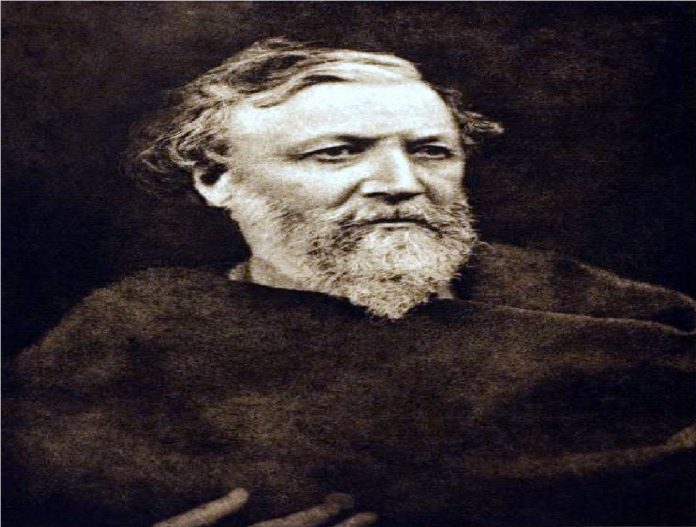Browning’s poetry, particularly that of Robert Browning, is characterized by a distinctive style and thematic depth that sets it apart in the landscape of Victorian literature. His works, spanning the 19th century, exhibit a unique blend of psychological insight, dramatic monologues, and a mastery of language that contribute to the enduring appeal of his poetry.
Three main features stand out in Browning’s poetry, illuminating the essence of his artistic contribution: the exploration of the human psyche, the use of dramatic monologue as a narrative device, and the mastery of language and form.
First and foremost, Browning’s poetry is renowned for its profound exploration of the human psyche. His works delve into the complexities of the human mind, examining the motivations, desires, and conflicts that shape individual behavior. Browning’s psychological acuity is evident in poems such as “My Last Duchess,” where he provides readers with a glimpse into the mind of a possessive and jealous duke. The poet skillfully navigates the intricacies of human emotions, offering a nuanced portrayal of characters whose inner lives are as rich and intricate as the external events of the narrative.
Browning’s fascination with the human psyche is not limited to the exploration of dark or deviant aspects. In poems like “Rabbi Ben Ezra,” he contemplates the wisdom that comes with age and reflects on the evolving nature of the self. This deep psychological insight allows Browning to create characters that resonate with readers across time, inviting them to reflect on their own inner worlds and the complexities of the human experience.
Secondly, the dramatic monologue stands as a hallmark of Browning’s poetry. This narrative device involves a speaker addressing a silent listener, revealing their thoughts, emotions, and experiences. Browning employs dramatic monologues to offer a unique perspective on the events of the poem and to provide readers with insight into the speaker’s character. The technique allows for a deeper exploration of individual consciousness, as the reader becomes an intimate observer of the speaker’s inner workings.
“My Last Duchess” is a prime example of Browning’s mastery of the dramatic monologue. The duke’s self-absorbed recounting of his previous wife’s perceived faults paints a vivid picture of his character. Through this technique, Browning skillfully presents not only the events of the narrative but also the complex psychology of the speaker, creating a multi-layered and engaging poem.
The dramatic monologue also allows Browning to experiment with multiple perspectives, offering readers a diverse array of voices and experiences. This versatility contributes to the richness and variety of Browning’s body of work, showcasing his ability to inhabit different characters and present a wide spectrum of human perspectives.
Lastly, Browning’s poetry is characterized by a mastery of language and form. His command over poetic techniques, including rhyme, meter, and symbolism, allows him to craft poems that are both aesthetically pleasing and intellectually stimulating. Browning’s language is often dense and intricate, requiring readers to engage deeply with the text to fully appreciate its nuances.
In “The Love Song of J. Alfred Prufrock,” T.S. Eliot famously declared his debt to Browning’s influence, acknowledging the impact of Browning’s linguistic prowess on modernist poetry. Browning’s innovative use of language, combined with his willingness to experiment with form, has left an indelible mark on the evolution of poetic expression.
In conclusion, the three main features of Browning’s poetry—the exploration of the human psyche, the use of dramatic monologue, and the mastery of language and form—underscore the enduring relevance and appeal of his work. Browning’s ability to delve into the depths of human consciousness, coupled with his skillful use of narrative techniques and linguistic innovation, ensures that his poetry remains a compelling and influential force in the canon of English literature.



